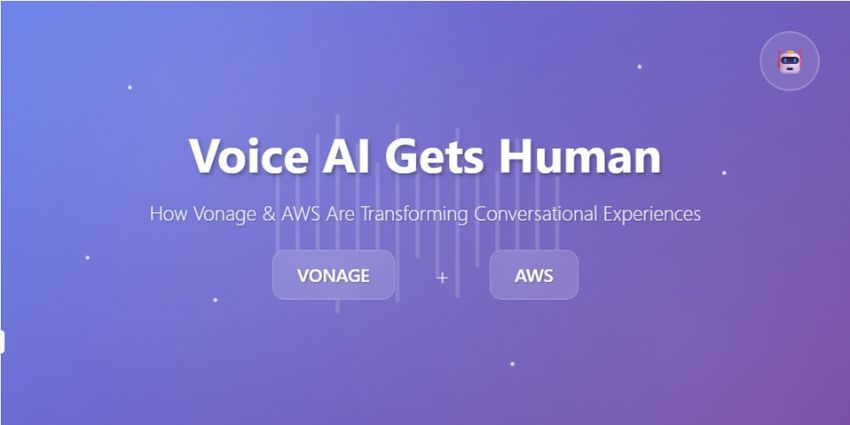The personal development coach Thibaut Meurisse wrote, “Multitasking is the sign of a stressed and diseased mind simultaneously doing many things poorly. Quality work and quality thinking require quiet focus.”
He could have easily applied that to contact center agents who toggle from screen to screen in search of customer information while frantically trying to solve customer problems.
Welcome to the Alt-Tab Life
While bouncing from app to app and screen to screen has become the new normal, a Harvard Business Review article suggests a hidden cost. The authors cite a Fortune 500 consumer goods company where employees in a supply chain transaction toggled between apps and browsers more than 3,600 times per day.
Pay the Toggle Tax
The HBR article also points to the time it takes to cognitively adjust to a new application after switching from another. For instance, an email to a spreadsheet or from a text message to an email.
A controlled study by the authors revealed that, on average, it took about two seconds to adjust to the switch. Their average user toggled between different apps and websites about 1,200 times per day. Employees in these jobs spend nearly four hours per week refocusing after toggling to a new application. That’s five weeks per year or nine percent of an annual work year. So, consider the cognitive load that contact agents carry.
The Mind Suffers Too
Toggling demands that users refocus constantly. Toggling fragments attention. The result can lead to a psychological and emotional sense of depletion. It’s also called burnout.
“Customer experience and employee experience go together because you can’t build customer loyalty without the employee working effectively and efficiently,” said David Liu, Founder and CEO of Deltapath.
“Decrease the psychological taxation. That’s the key to everything with employees. Make it seamless and calm for employees,” he explained.
Studies have shown that agent happiness translates into customer happiness. Agent happiness also translates into greater agent effectiveness. It’s a cycle of benefits, which include reduced agent churn – and happier customers.
CTI Offers a Way
Today, omnichannel customer experience is not an option. Customers expect it. For agents, that means a host of complexities, not least is managing customer data.
Salesforce CTI is a critical element of an omnichannel customer service strategy. It is essential for agents, especially having customer data on-screen before the call starts. Without CTI, agents are far less effective. When they don’t have customer information at their fingertips, or they waste time on manual dials and routing, it increases agent frustration. If customers become annoyed, they’ll walk.
Deltapath for Salesforce CTI: Let Meaningful Conversations Begin
With Deltapath for Salesforce CTI, Salesforce users receive and place calls directly within Salesforce. An incoming call immediately displays customer data on the agent’s screen, and the agent begins a meaningful conversation immediately. With customer history at hand, customers don’t have to repeat themselves. Agents quickly resolve customer issues. To place an outgoing phone call, use the on-screen dial pad or access the phonebook and use the click-to-dial functionality. One screen, one touch provides agents a seamless experience within Salesforce which enhances customer experience. At the end of the day, it’s a circle of benefits.
Click here for more information about Deltapath for Salesforce CTI.







